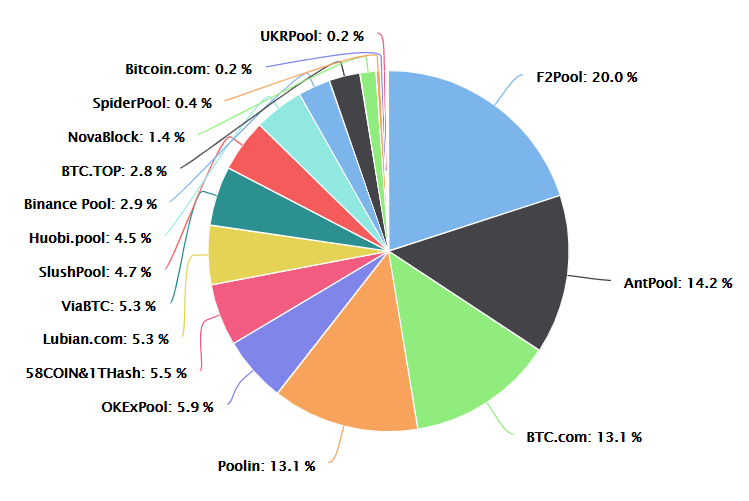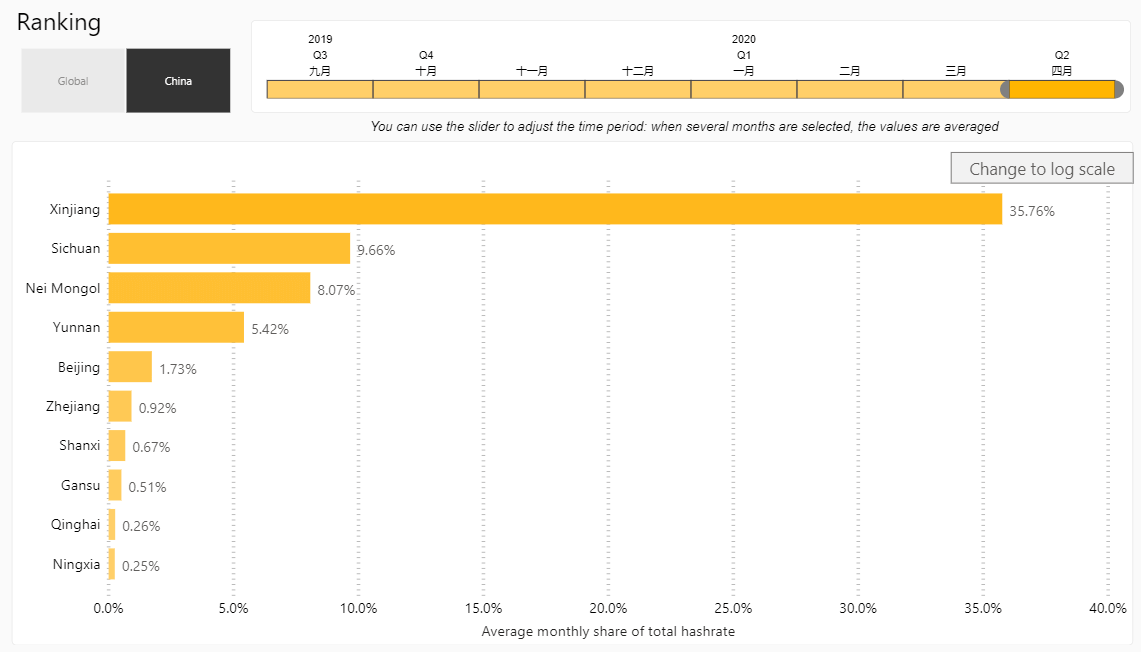 China orders second-largest mining region to close, 9% of Bitcoin hashrate at risk
China orders second-largest mining region to close, 9% of Bitcoin hashrate at risk China orders second-largest mining region to close, 9% of Bitcoin hashrate at risk

Photo by Dan Meyers on Unsplash
It’s a step forward and a leap backward for China’s mining industry.
Days after the Chinese government allowed the use of hydro-electricity for “blockchain projects” in a region known for its high concentration of Bitcoin miners, a directive passed last week mitigates any benefits of the former.
No Crypto, Yes Blockchain
Regulators in Sichuan have issued a notice to all crypto-businesses in the region, calling for a swift end to mining activity and any related activities. All sub-ordinate offices and municipal administrators have been directed to “guide” miners to close up shop.
The Financial Administrative of the #Sichuan providence of #China has issued a notice to its subordinate offices ordering them to “guide mining entities to end their mining activities in an orderly manner”. The province accounts for about 9.66% of the global #mining power. pic.twitter.com/mVtihdf9px
— PANews (@PANewsOfficial) May 22, 2020
Sichuan’s mountainous region, cheap electricity, access to competent workers, and naturally cool climate makes it a hotbed for Bitcoin and cryptocurrency miners. Branch offices of mining giants Bitmain and AntPool are located in the region, with others.
Interestingly, 9.66 percent of all Bitcoin hash rate is generated from the region, if the tweet is considered. A look at BTC.com’s mining page confirms the claim. Six of the top ten miners are located in China, with some presumably in Sichuan:

Data from China is notoriously difficult to get. Still, with the help of multiple reports, projections can help to predict what the new Sichuan directive could mean for Bitcoin.
PANews, an Asia-focussed blockchain research firm, cited the below in a tweet:

Xinjiang, in Northwest China, comes out on top. The province is a vast region of deserts and mountainous land and provides an optimal zone for miners. 35 percent of the Bitcoin hash rate seems to originate from the region.
Cities like Beijing and Zhejiang also make an appearance on the list. Electricity and labor are both expensive in the two regions, as reflected on their low overall hashrate share.
However, Sichuan’s omission won’t necessarily mean miners in the U.S. or Europe can now increase their share. Xinjiang, Mongolia, and Yunnan are plush with Sichuan-like conditions.
Technical know-how, low cost of labor, and sheer dominance in the mining space are all factors contributing to China’s prominence in the mining space, and may not be easily superseded.
Besides, the country is pushing for blockchain regulation, investment, research, and even infrastructure. This, presumably, means cryptocurrencies may be subject to similar regulation and state-backed policies.
Meanwhile, China continues to move ahead with its digital currency project, which as per a CryptoSlate analysis, might be bigger than previously imagined.















































































































